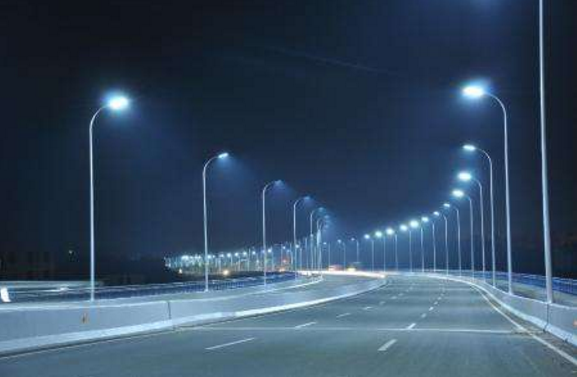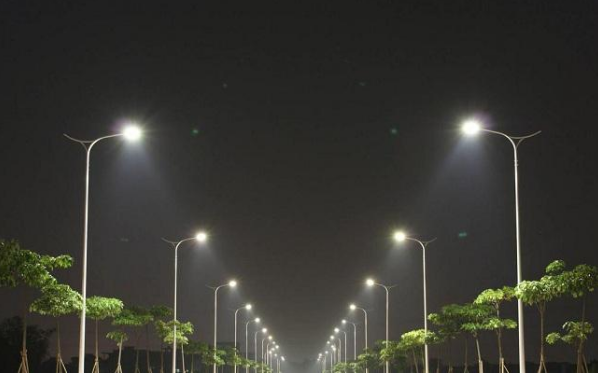Guide: How about LED street lights? Everyone should pay attention to them when coming home from work. These days, LED street lights along the roadside are becoming more and more beautiful, creating a soft and elegant atmosphere. The white light illuminates the road, giving it a gentle and modern look. But do you know what makes LED street lights different from traditional ones? What are the key parameters of LEDs? Can you use them at home? If you're curious about how LED street lights work, follow along with Xiaobian as we explore this topic!

How about LED Street Lights?
LED street lights are lighting systems that use Light Emitting Diodes (LEDs) as the light source. They offer unique advantages such as high efficiency, energy savings, environmental friendliness, long lifespan, fast response time, and a high color rendering index. These features make them an excellent choice for urban lighting and energy conservation. Unlike traditional street lamps, which often use high-pressure sodium or gas discharge lamps, LED lights operate on low-voltage DC power. They produce high-quality white light by combining GaN-based blue LEDs with yellow phosphors. This technology ensures efficient, safe, and eco-friendly illumination that lasts longer and uses less energy.
How Are LED Street Lights Different from Ordinary Ones?
One of the main differences between LED street lights and traditional street lamps is the way they generate light. LED lights produce light directly through the PN junction, resulting in minimal energy loss. In contrast, conventional street lamps typically use high-pressure sodium or gas discharge lamps, which involve more complex processes and result in greater energy waste. Additionally, the direction of light from traditional lamps is not easily controlled, causing light to spread in all directions, leading to inefficiency. While LED street lights may have a higher initial cost, their superior performance, longer lifespan, and lower energy consumption make them more cost-effective in the long run. At the same power level, LEDs are brighter and more efficient, helping to reduce electricity bills significantly over time.
What Are the Disadvantages of LED Street Lights?

Despite their many benefits, LED street lights also have some drawbacks:
- Single LED power is relatively low, so multiple LEDs must be connected in parallel to achieve higher power output.
- The color rendering of LED lights is not as accurate as that of incandescent bulbs, due to the spectral distribution characteristics of the light.
- Some LED lights may produce "light spots" or uneven illumination caused by manufacturing defects or misalignment with reflective cups or lenses.
- Without proper secondary optical design, LED illumination can be too concentrated, requiring optimization to create a more even light distribution pattern.
- LED light fading is a concern, especially with low-power models. High-power LEDs tend to lose brightness when overheated, making it challenging to increase power without compromising performance. Currently, the highest power available in the market is around 360W.
While these challenges exist, ongoing advancements in LED technology continue to improve their performance, making them an increasingly popular choice for outdoor lighting solutions. Whether you're looking to upgrade your home lighting or understand the future of city illumination, LED street lights are definitely worth considering.
4.35V High Voltage Battery,4.35V Battery,High Voltage Battery
Shenzhen Jentc Technology Co., LTD , https://www.phenyee.com